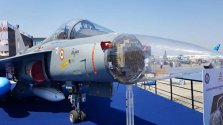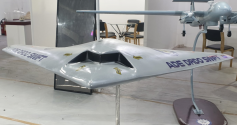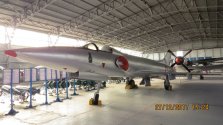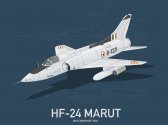Pretty sure that radars matter a great deal when evaluating a fighter's combat effectiveness.As I told you before, Gripen and Tejas are in the same category even having the same engine. And if you don't think Gripen E is a lot better than Tejas Mk1A or Mk2 then you really should reevaluate the materials you have read about that little fighter. And don't bring up "India INDIGENOUS UTTAM RADAR" it does not matter one bit in terms of combat effectivity.
I'd be interested in seeing the specs.




